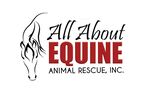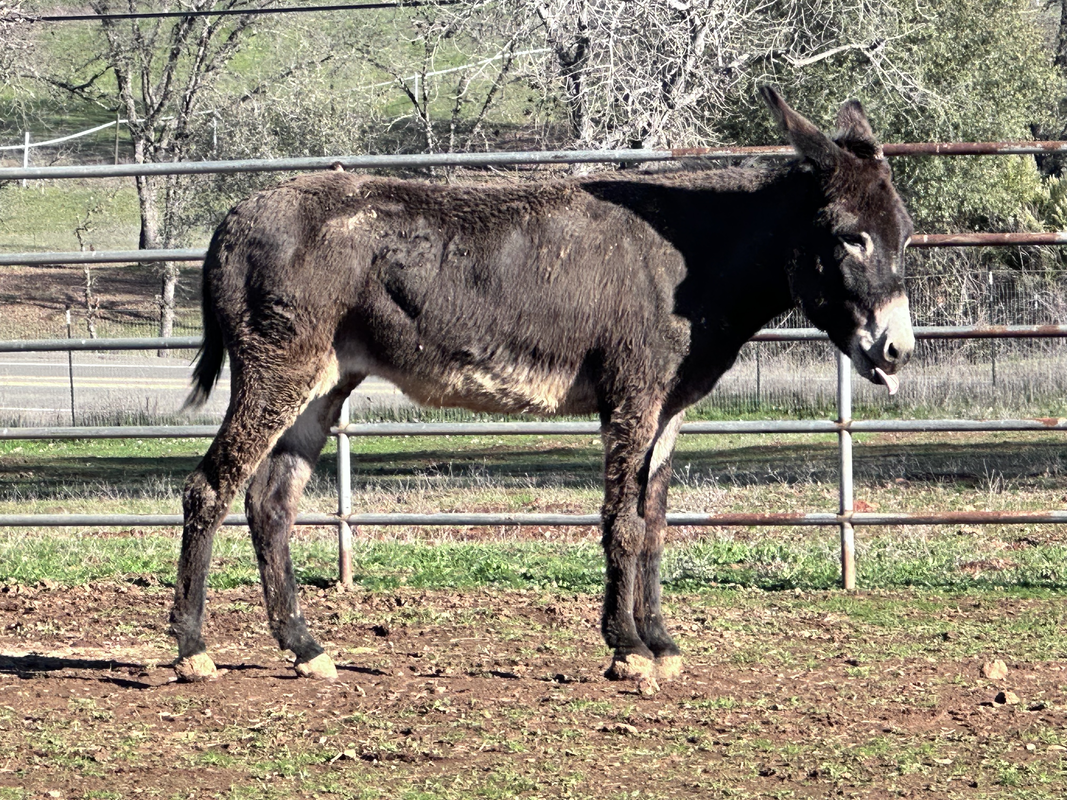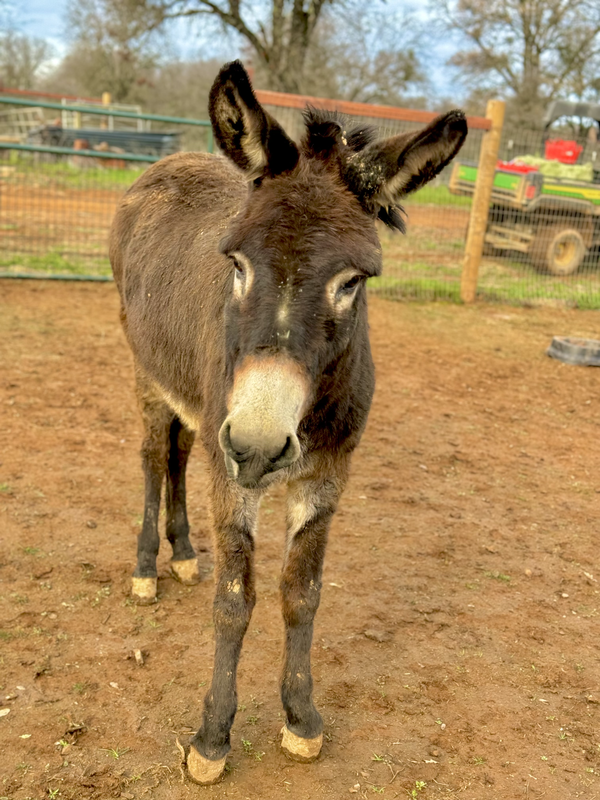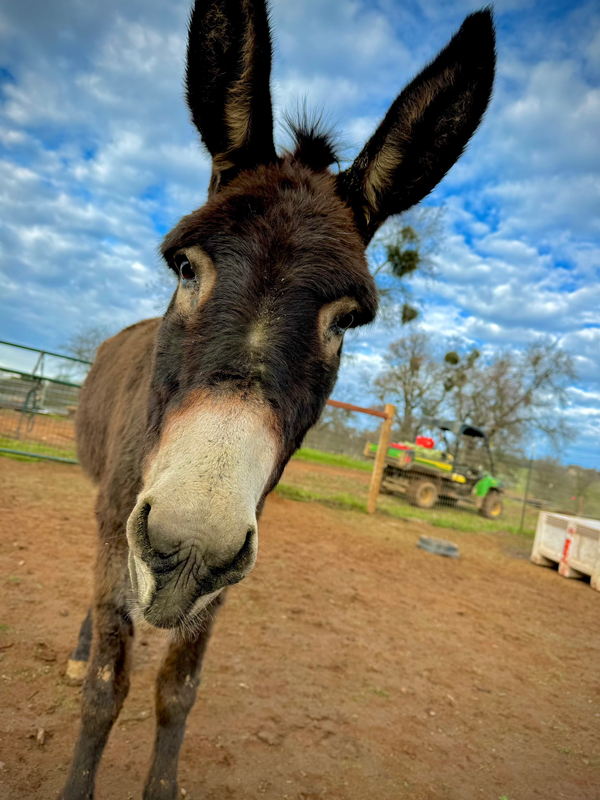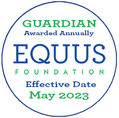Lillie Mae
Height:
Weight:
DOB:
Sex: Jenny
Color:
Breed:
DNA: 1st
2nd
3rd
Adoption Fee: $TBD
Category: Under Evaluation/In Rehab
Weight:
DOB:
Sex: Jenny
Color:
Breed:
DNA: 1st
2nd
3rd
Adoption Fee: $TBD
Category: Under Evaluation/In Rehab
Lillie Mae's Story
Lillie Mae is an 8-10 year old jenny who was transferred to AAE after auction and through Auction Horses Rescue. She completed quarantine (standard protocol for new intakes), and now, she is being doted on daily. We don’t know much about her past, but her hoof care has been neglected for a long time, and she has intermittent lameness. Our vet did radiographs early to evaluate. Lillie Mae is clubby and appears to have contracted tendons. Thankfully, it's not a laminitis/founder issue. She is resistant to hoof handling and farrier care, and it will likely take some time for her to become comfortable. Fortunately, she had her first trim (and deworming), and she's looking so much better already.
Lillie Mae is very sweet, and we are eager to get to know her better. She has the cutest ears, the cutest face, and the cutest bray.
In general, there is a lot of activity around AAE including vehicle and foot traffic in and out of paddock/pasture areas, mucking with wheelbarrows, grooming and care activities, tractor and trailering, weekly farrier visits. There are resident dogs, cats, goats, a pig, cows, and mini horses, as well as various wildlife including frequent turkeys, squirrels, rabbits, deer, coyote, and bobcats in and around paddock/pasture areas. A portion of AAE is situated along a highway with high speed vehicles, trucks, and sirens. Tractors are used in and around pasture/paddock areas, trucks deliver feed, and a squeeze is occasionally used for unloading hay. Horses at AAE are accustomed to a more active environment as opposed to a quiet/sterile environment. Somed do well; others will do better in a more quiet environment.
Lillie Mae is very sweet, and we are eager to get to know her better. She has the cutest ears, the cutest face, and the cutest bray.
In general, there is a lot of activity around AAE including vehicle and foot traffic in and out of paddock/pasture areas, mucking with wheelbarrows, grooming and care activities, tractor and trailering, weekly farrier visits. There are resident dogs, cats, goats, a pig, cows, and mini horses, as well as various wildlife including frequent turkeys, squirrels, rabbits, deer, coyote, and bobcats in and around paddock/pasture areas. A portion of AAE is situated along a highway with high speed vehicles, trucks, and sirens. Tractors are used in and around pasture/paddock areas, trucks deliver feed, and a squeeze is occasionally used for unloading hay. Horses at AAE are accustomed to a more active environment as opposed to a quiet/sterile environment. Somed do well; others will do better in a more quiet environment.
